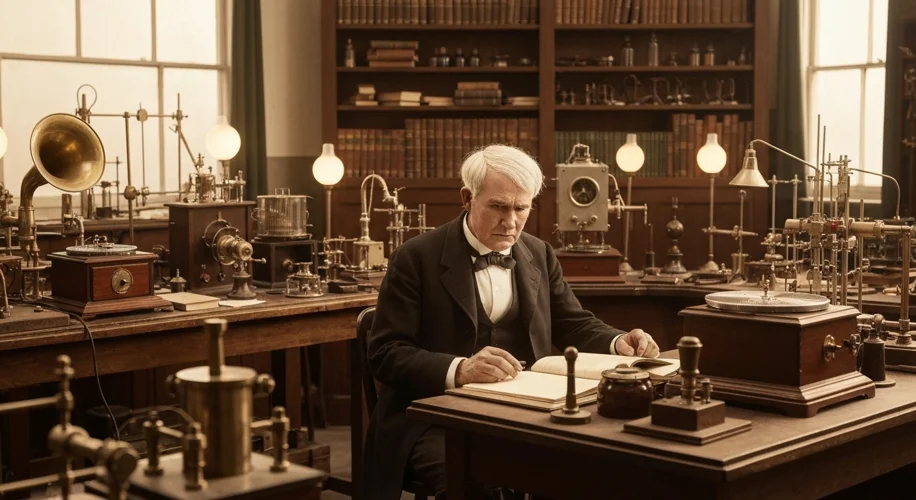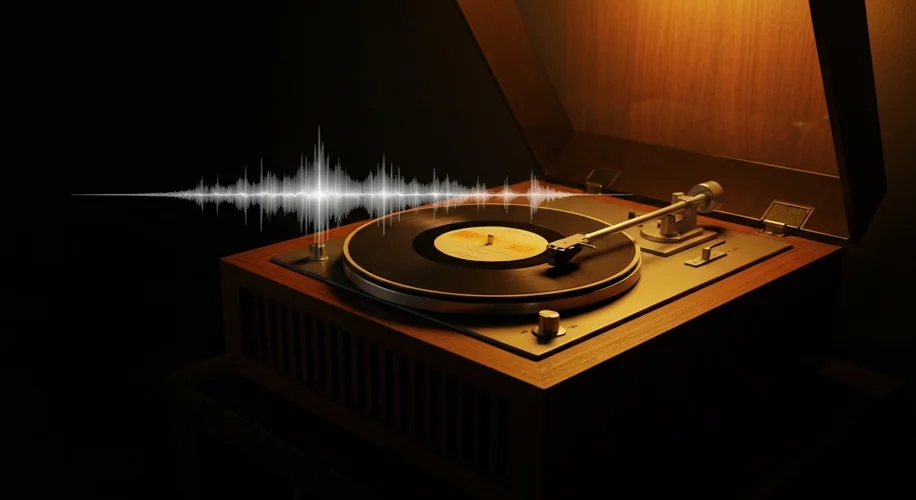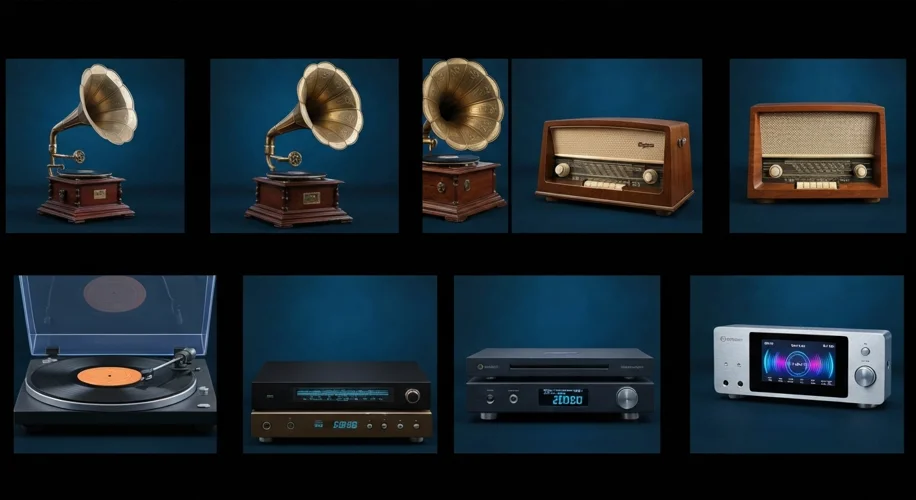The Symphony of Silence and Sound: A Journey Through Audio Innovation
Imagine a world where music was only experienced live, a fleeting moment held in the air, then lost forever. This was the reality for millennia. But then, a revolutionary idea sparked – what if we could capture sound itself? What if we could bottle it, preserve it, and unleash it whenever we pleased? This isn’t just about listening to music; it’s about preserving memories, sharing stories, and connecting with emotions across time and space.
Our journey begins in the late 19th century, a period of fervent invention. Amidst the clatter of industry and the glow of gaslight, a race was on to tame the ephemeral nature of sound. The era’s most significant breakthrough came in 1877 with Thomas Edison and his phonograph. This ingenious device, quite literally, etched sound onto a wax cylinder. Picture Edison, his voice crackling with life, reciting “Mary Had a Little Lamb” into his machine, a sound that had never been captured before.

The phonograph was a marvel, but it was far from perfect. The sound was often scratchy, distorted, and fragile. Yet, it was a monumental leap. It opened the floodgates for further innovation. Emile Berliner, a German immigrant in America, soon introduced the gramophone, which used flat discs instead of cylinders. This seemingly small change paved the way for mass production and wider accessibility.
The early 20th century saw audio technology evolve at a breakneck pace. Electrical recording replaced the mechanical process, leading to clearer, richer sound. The advent of radio brought voices and music into homes wirelessly, creating a shared auditory experience on an unprecedented scale. Imagine families gathering around a crackling radio set, captivated by the dramas and melodies broadcast into their living rooms.
Then came the golden age of vinyl. The 12-inch LP (Long Play) record, introduced in 1948, allowed for longer recordings, enabling entire albums to be preserved and enjoyed. The warmer, richer sound of vinyl became the benchmark for audio fidelity. Musicians and audiophiles alike reveled in the depth and nuance that these records could reproduce.

But the march of progress never stops. The late 20th century brought a seismic shift with the advent of digital audio. Compact Discs (CDs), introduced in the early 1980s, promised pristine sound, free from the pops and scratches of vinyl. The digital revolution meant that sound could be represented as a series of ones and zeros, allowing for perfect replication and the dawn of digital editing.
The internet, however, unleashed a torrent of change. MP3s and other compressed audio formats made music incredibly portable, leading to the rise of digital music players and, eventually, the smartphone. While convenient, this compression often came at a cost – a loss of audio quality, the “lossy” effect. This sparked a counter-movement, a yearning for the original, uncompromised sound.
This brings us to the present, a time defined by the relentless pursuit of “high-fidelity” or “lossless” audio. Streaming services now offer uncompressed audio files, and audiophiles invest in high-resolution audio players and sophisticated speaker systems. The quest is not just to hear sound, but to experience it as the artist intended – every nuance, every subtle inflection, every breath.
From Edison’s wax cylinder to today’s high-resolution digital streams, the history of audio innovation is a testament to human ingenuity and our innate desire to capture, share, and cherish sound. It’s a story of passion, perseverance, and the unending quest for a more perfect echo.

